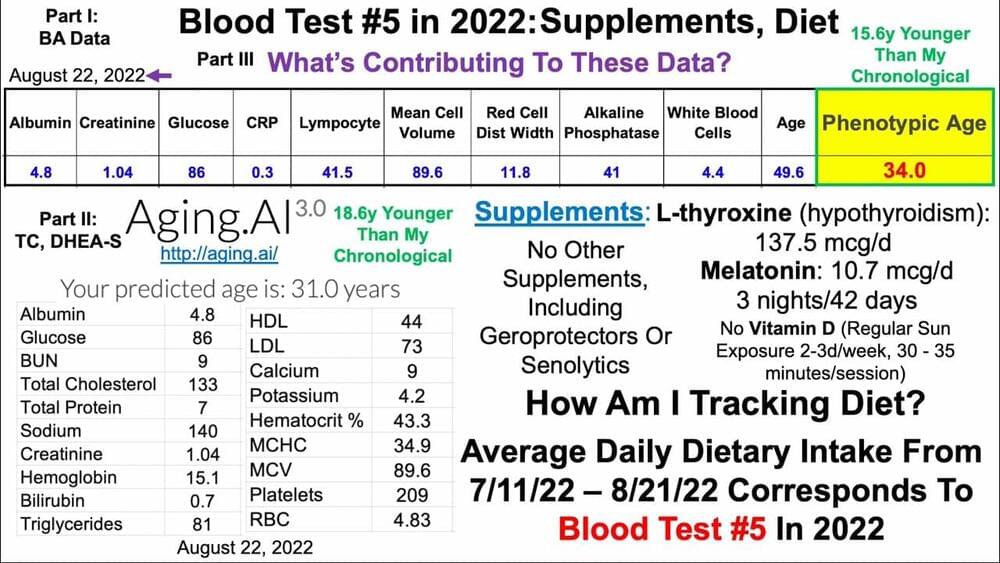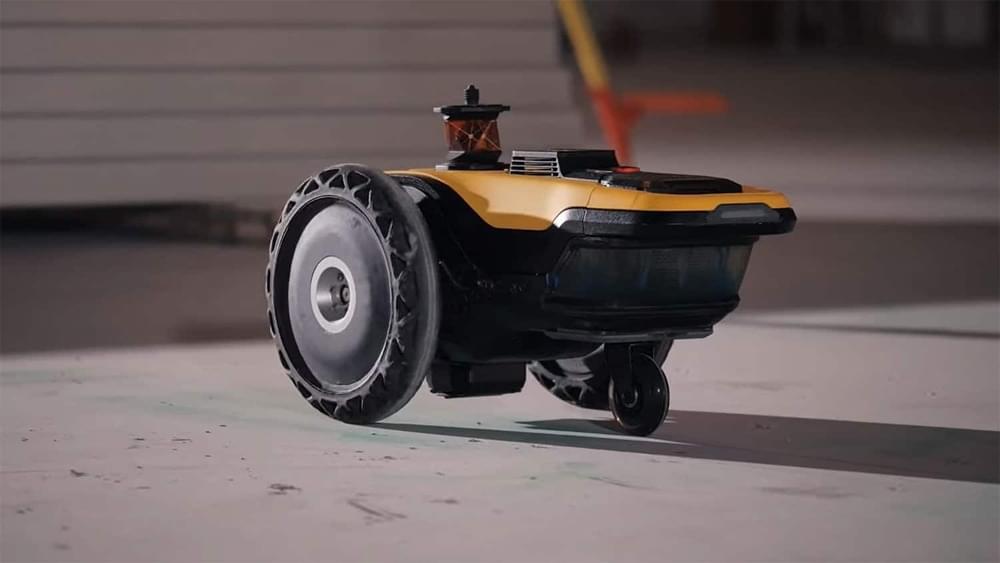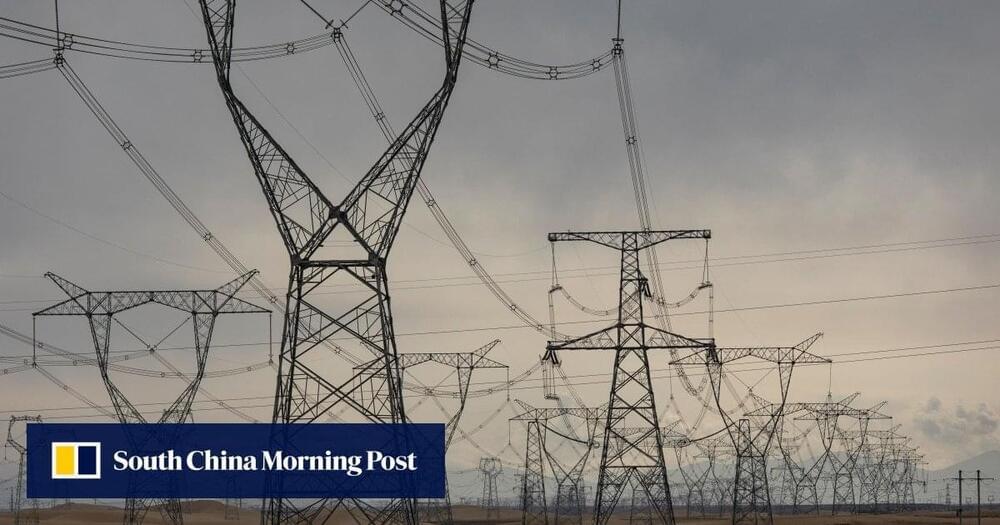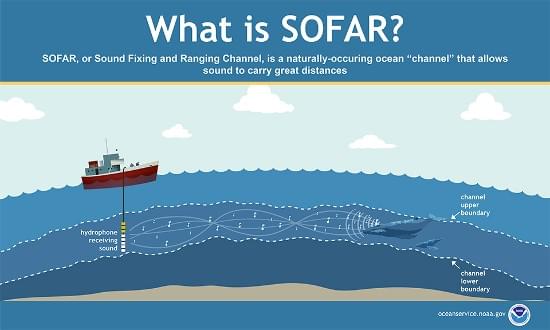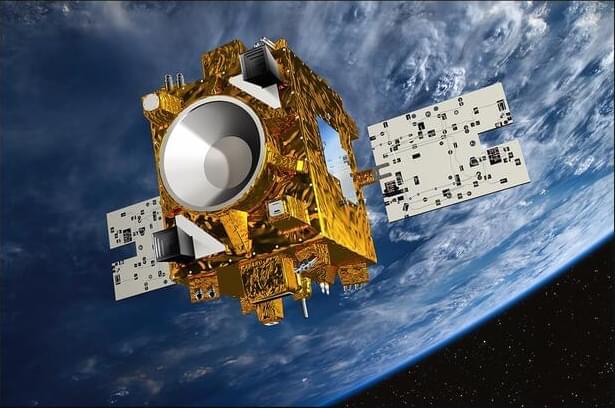
Were you unable to attend Transform 2022? Check out all of the summit sessions in our on-demand library now! Watch here.
Many organizations lack the technology and architecture required to automate decision-making and create intelligent responses across the supply chain, as has been shown by the past few years’ supply chain disruptions. However, these critical breakdowns can no longer be blamed solely on the COVID-19 pandemic. Rather, they can be blamed on businesses’ slow adoption of automated supply chain decision-making, which has resulted in inventory backlogs, price inflation, shortages and more. Further contributing to backlogs is continued single sourcing to one region rather than leveraging distributed regional capabilities. These factors have added to the complexity of systems and the disadvantages of lack of automation and the pandemic brought these existing critical breakdowns into stark relief.
This brings us to today and how this inability to effectively manage data streams is proving debilitating to many companies. In a Gartner study of more than 400 organizations, 84% of chief supply chain officers reported that they could service their customers better with data-driven insights. An equal number of respondents stated that they needed more accurate data in order to predict future conditions and make better decisions.


